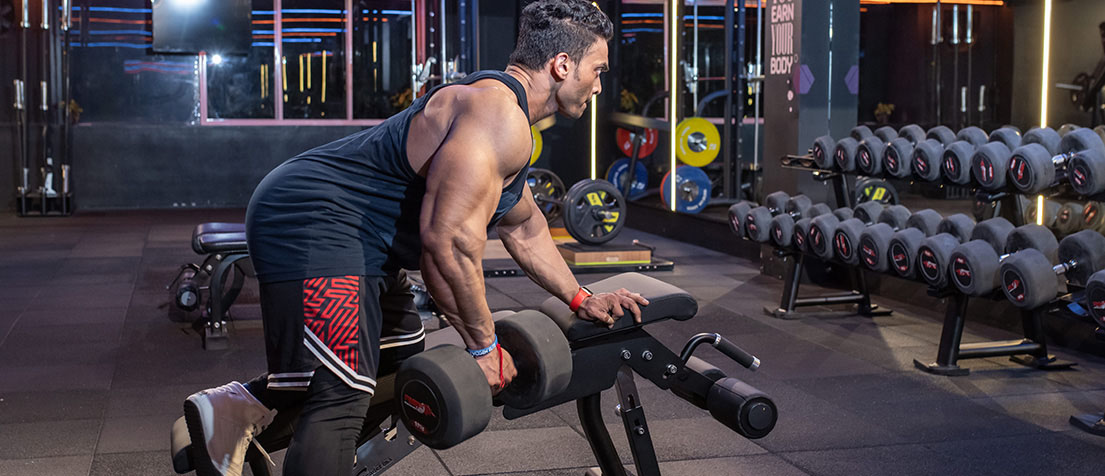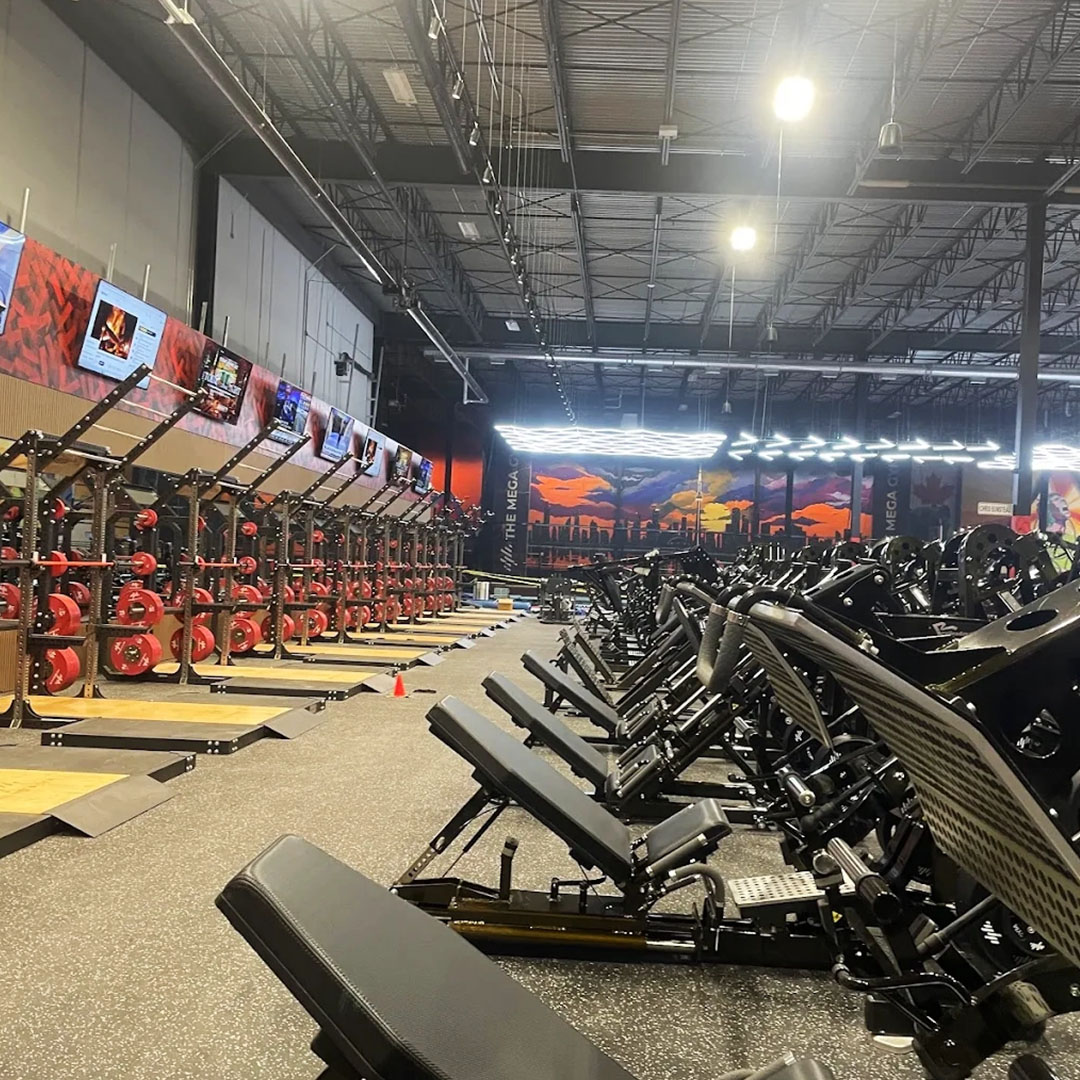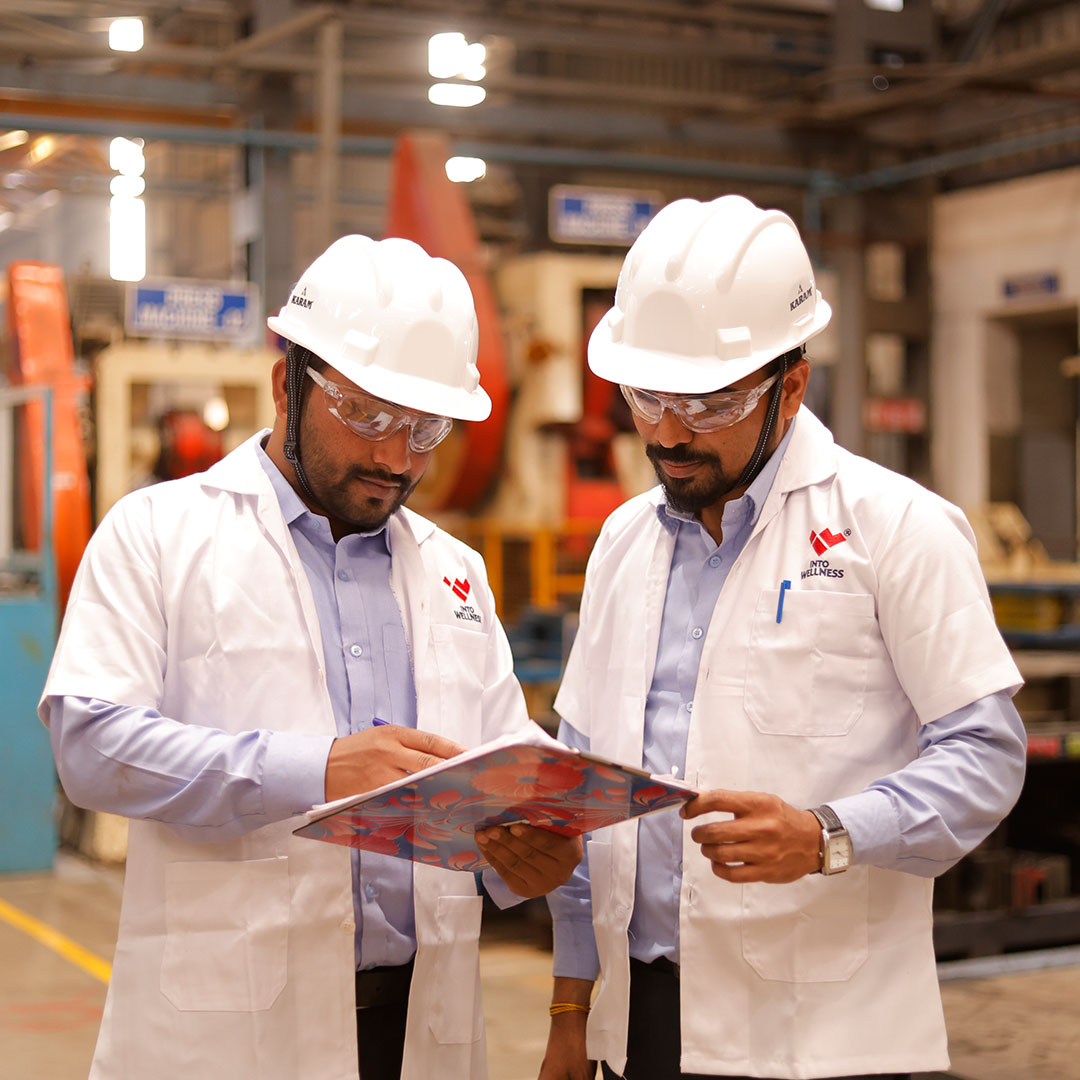The commonly heard phrase – ‘Use It or Lose It!’, can be appropriately applied to your muscles! Even the most dedicated gym goers or fitness enthusiasts have days where they feel less motivated to hit the iron, or other responsibilities lead to taking an extended break. However, if you’re off your gym routine for too long, there will be consequences which would include muscle loss. The muscle you gain won’t stick around forever if you don’t challenge it regularly. Staying active consistently can help maintain your strength or physique for a long period of time without having to lose what you’ve gained. Muscle maintenance also factors into injury prevention and lower risk of disease. In order to keep your hard-earned muscles, it’s important to understand the physiology involved in maintaining the same. Here are various aspects you need to know about muscle behavior, and how to keep what you’ve gained!
Why and How does Muscle Loss Happen?
Muscle loss is basically the reduction in the size of muscle fibers which can be caused due to aging, lack of exercise, poor nutrition, or any medical condition.
Research has also shown that muscle loss is a strong indicator of a chronic disease. After the age of 30, you might drop up to 8% of your muscle mass every decade, which eventually increases rapidly after 60.
Although it might seem like a biological phenomenon due to age, you can overcome muscle loss (to a great extent) with guided physical training and a personal diet. Taking your muscularity seriously also lowers the risk of heart diseases and obesity.
Here’s How Muscle Maintenance Works
You might work your muscles on a regular basis, but you still need to understand the nature of muscularity, because there is a difference between growing the muscle and maintaining them. Studies suggest that resistance training combined with bodyweight exercises is beneficial for maintaining muscle and strength, which is especially important for the older generation of people. More than anything else, the distinction between growth and maintenance is about how you do maintain a balance between your workout stimulus and nutrition; and here’s where a guided approach can be extremely beneficial. Make sure to be open to taking suggestions, guidance and feedback from a trainer and a nutritionist as your individual health capabilities and condition.
Top 5 Ways to Maintain Your Muscle Mass
- Consistent Weight Training
Around the age of 30, we all gradually start to lose muscle mass; and this age-related muscle loss increases and becomes more evident after age 40, with a 30% to 50% decline by the time we turn 80. There are several reasons for this muscle loss occurrence and its rate depends on several genetic and lifestyle factors. However, the most effective aspect which is in your hands, is to stay physically active in preventing, or at least slowing, this natural state of loss. Indulging in weight training (for all your major muscle groups) at least two to three times each week, can help reduce your muscle loss to a great extent.
- Sufficient Protein Intake
Ensuring that you eat well and get the right amount of protein (recommended by your nutritionist) for your activity level can help maintain the muscles as you age. IF we calculate by the thumb rule – you need at least 0.8 grams of protein per kilogram of body weight daily, and up to 1.2 grams is a good amount if you’re aiming to maintain muscle mass with your growing age. Protein is a key necessity for the body as it is responsible for building and maintaining muscle through tissue growth and repair.
Older individuals often tend to overlook the consumption of protein and hence undereat it; which can lead to putting themselves at a higher risk of protein deficiency. You can also consider adding protein powder to boost your protein intake, but ensure to consume it under a health professional’s guidance.
- Don’t Ignore Your Calorie Intake
Losing bone density and muscle mass is a common and one of the initial consequences of lack of proper calorie and protein intake. You would need to pay proper attention to the total number of calories you eat; for example carbohydrates are essential for providing an anabolic (muscle building) stimulus in the body, and refueling after exercising is also necessary with some protein intake (along with carbs) within an hour of your workout to ensure muscle maintenance and even growth as you get an insulin spike.
Professional athletes or highly active people (who indulge in more physical activity on a day-to-day basis) will require much more calories than those who have a sedentary lifestyle.
- Right Amount to Reps and Sets
Exercising for maintaining muscle mass needs a different routine as compared to that during muscle gain. Since maintenance is the goal, you should be typically looking for less weight and more volume (more reps).
Try to include high-volume training as a way to both stimulate your muscles and make sure you’re moving sufficiently throughout the day (apart from your exercise hours too). This means your weights should be light enough to get you through a higher amount of reps. You can start your workout with compound exercises like the squat or deadlift and then end your exercise routine with muscle isolation exercises. If you’re particularly focused on maintaining your strength as well (along with maintaining muscle mass), then increasing the weight occasionally can be very beneficial.
- Recovery is as Important as Training
For fitness enthusiasts, going to the gym becomes a routine which they don’t tend to take a break from. Even if rest days might feel like a struggle, they are essential, and important for maintaining the muscles. Recovery days allow your muscles to repair and help prevent overtraining, causing negative side effects. Even on rest days, adequate nutrition should still be followed, because your body needs calories, and nutrition to repair and recover.
You can sit-back and watch your favorite show, or spend time reading during your rest days; anything which does not include any serious physical activity can be included in your rest day. Moreover, restful sleep helps hormones like testosterone and human growth hormones to rebuild and repair your body. Furthermore, emotional stress (catabolic stress hormones), can also lead to muscle loss, so you need to take care of your mental health too.
Sleep also provides enough energy for your workouts and encourages better eating choices.
Final Words
Losing muscle mass is never a consequence of a single reason or factor, there are several causes involved in determining how quickly and to what degree you lose it as you age. However, focusing on the above mentioned ways can help you lower the risks of muscle loss through proper diet, exercise, and lifestyle habits. Muscles are important for every individual during aging, to maintain an active, independent, and healthy lifestyle. Preserving muscles helps in chances of pain-free aging and for more detailed guidance for your muscle loss, you can consult your doctor for the most appropriate advice as per your health condition.






